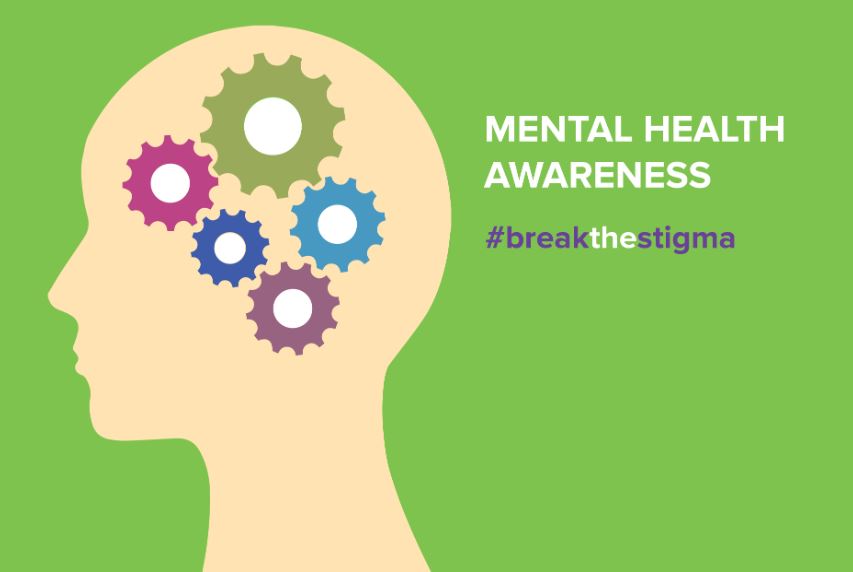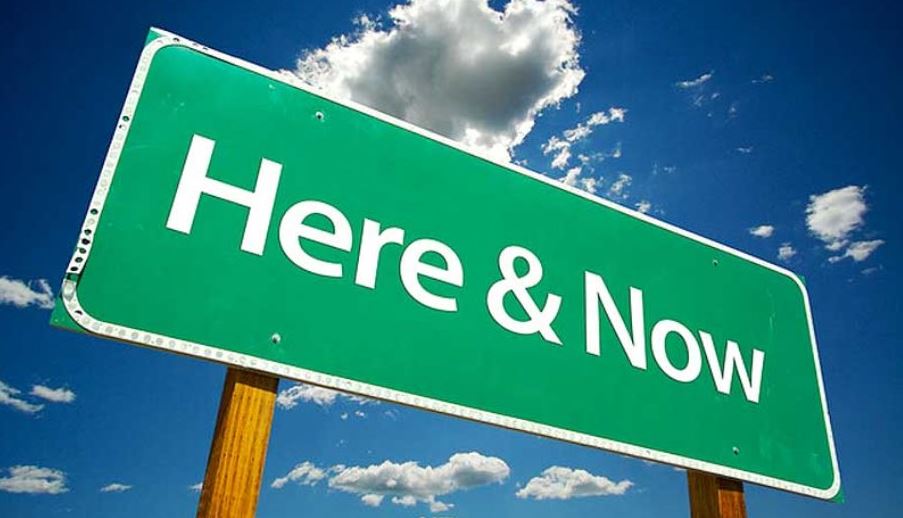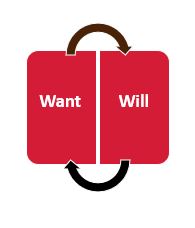The nature of death and dying from the perspective of those “left behind” remains steeped in tradition. Some of these traditions can be traced back to our ancestors on the uncharted American frontier. Our modern day “wakes” were initiated at that time to allow for those unfortunate enough to be mistaken as “dead” to awake from, often, states of extreme drunkenness. Laying out individuals to ensure their death prevented the occasional and unfortunate act of burying loved ones while they were still alive.
Wakes were also used by individuals living in areas of voodoo practice. In these locations, voodoo practitioners might use tetrodo toxins as a tool to create the illusion of death, allowing the practitioner to be the saviors and wake the “dead”. Unfortunately for those poisoned, they, too, were at times buried alive…until they were finally dead. Instituting wakes allowed time for either the poison to wear off or to confirm actual death in the absence of modern medical science.
The tradition of mourning extended into the business of religious ceremonies. There was, and continues to be, great profit surrounding the passing of one’s loved ones. The most expensive caskets which are often perceived as a visual proclamation of the level of love for those who have passed can reach the cost of tens of thousands. To further the importance of the dead, the practice of hiring professional mourners embellished the status and value of the deceased’s life and to help qualify the loss of the family for all to see and hear. This calls to question just how much of our current practices in regard to death and grief are based on outdated concepts?
Kubler-Ross (1969) instructed us to conceptualize loss in five stages of emotional experience that end in a final acceptance of this reality – denial, anger, bargaining, depression, acceptance. The theory is taught as the explanation of our role as witness and survivor of the death of those close to us. It qualifies the experience of grief and normalizes it, without raising the question of why it exists in the first place. The theory further chronicles the ceremonial traditions supported by divergent religious doctrines that all serve to ease the pain of loss. It does not however reflect on the causation of that emotional experience lying in the stage-based thought processes that trigger the emotional experience in the first place. The human concept of “loss” is an ordained, conditioned, emotional experience rather than a pre-determined reality.
The final moments of earthly existence are at times the result of accidents or medical conditions that are symptom-free until the final moment life ends. Other times it is a prolonged “fight” that is “lost” due to debilitating illness. Modern wakes cause us to become part of the experience of death and begin to examine the fear and fascination with a next existence we hope for. Mourning becomes the idiosyncratic reflection of our loss as the theories of grief teach us.
Had the stages of grief moved into a sixth stage or allowed for an alternate trajectory, we may have an understanding that grief is a conditional factor. In other words, our grief may well be as much a requirement of social norms as it is an inherent emotional outcome. To move a step further, is it possible that the first five stages are a reflection of societal artifacts that do not ease the negative emotional experience of loss but instead reinforces it?
The sixth stage might be best reflected in the concept of celebration of life. This is not a new term, but it is a relatively new concept to move the mourning cycle out of black veils and into the potential for rejoicing on memories of a life well lived. Rethinking death as a time for celebration is already a part of facets of the human collective. The funeral processions in New Orleans depict the potential for moving beyond loss into a realm of gratitude for being part of the lives of the deceased – us in theirs, and them in ours. Maintaining the thought that our time with them was a gift results in a shift from the paradigm of loss to one of remembrance of gain. Rather than looking about the room or sifting through the possessions of the deceased to latch onto an artifact of their life, we have the option of holding our conscious experience of them in the shining moments of their engagement with us.
Mourning, stages of grief, and the very process of death in our society may be an unnecessary burden we are taught to place on ourselves to qualify our connection to the person who died. Within this new perspective, however, we have the alternate choice to qualify that connection by rejoicing in the most precious moments of their existence. Over time our minds evolve our memories to this experience without our conscious effort, thus focusing on happiness and gratitude, rather than sadness and regret. We hold onto fond memories of those no longer in our presence and relinquish any memories of “final days” and fading lives. A way someone moves, a familiar smile, favorite quotes and their overall context replace the creation of loss imposed upon us in the funeral process. Our minds become focused on the positive experiences of those who are done with the physical existence, and automatically reflects this perspective back to us if we are not hampered by the demands of societal grief.
Celebrations of life raise the question – are the original stages of grief within Kubler-Ross’ model potentially outdated, based upon historical traditions intended for other purposes and taking the assumption that we must be sad if we truly loved someone? Reframing the experience of grief and death can offer a more beneficial experience based upon the ultimate goal of celebration. Denial, anger, bargaining, depression, and acceptance can be replaced by:
- Acceptance – Understanding the reality of finality of existence in physical form;
- Reflection – Contemplation of the connection experienced over your time together;
- Accommodation – Allowing for the emotional experience of others with grace;
- Joy – Appreciation for both the qualities and flaws of the person who moved on; and
- Celebration – Honoring their unique contributions to our lives and the lives of those around us.
In closing, I ask the question of why we subject ourselves and those closest to us to the requirement of mourning? It is equally possible to join in celebration of the many contributions, shining moments, and tiny kindnesses the deceased leave behind as their legacies of existence in our lives.
Cheers to those who touched our lives. – Dr. Tom












